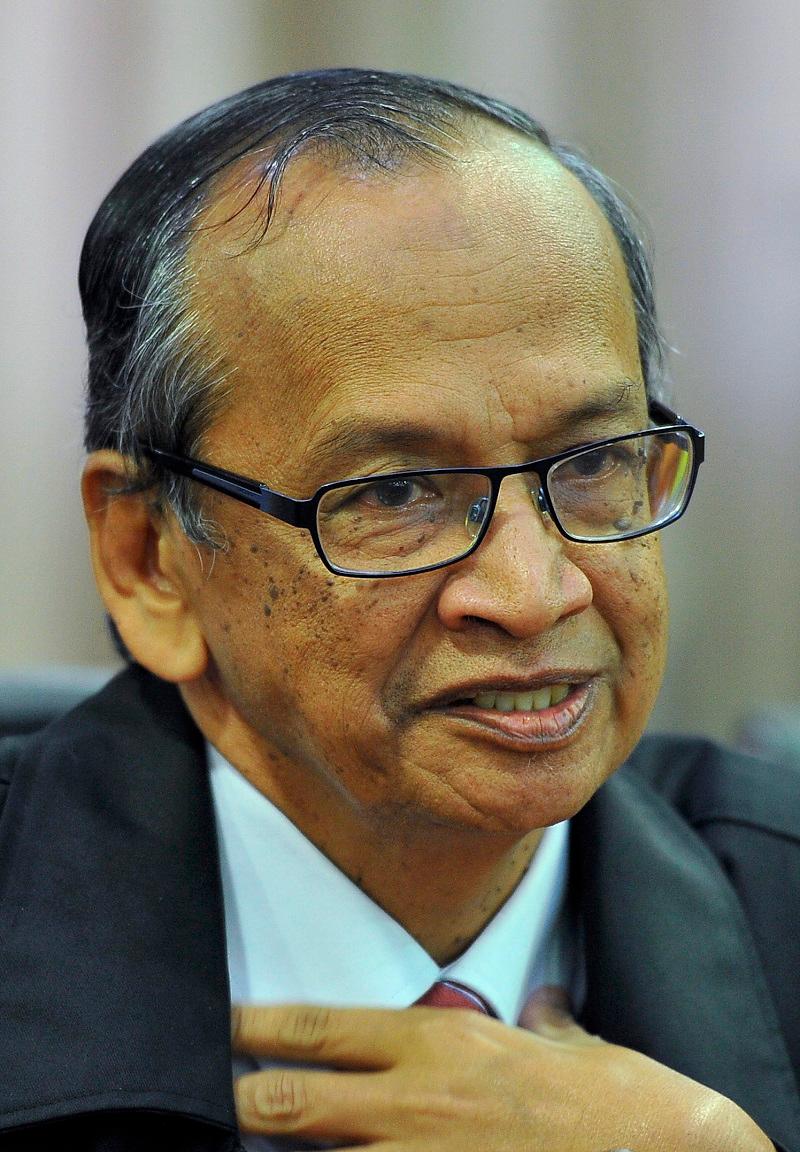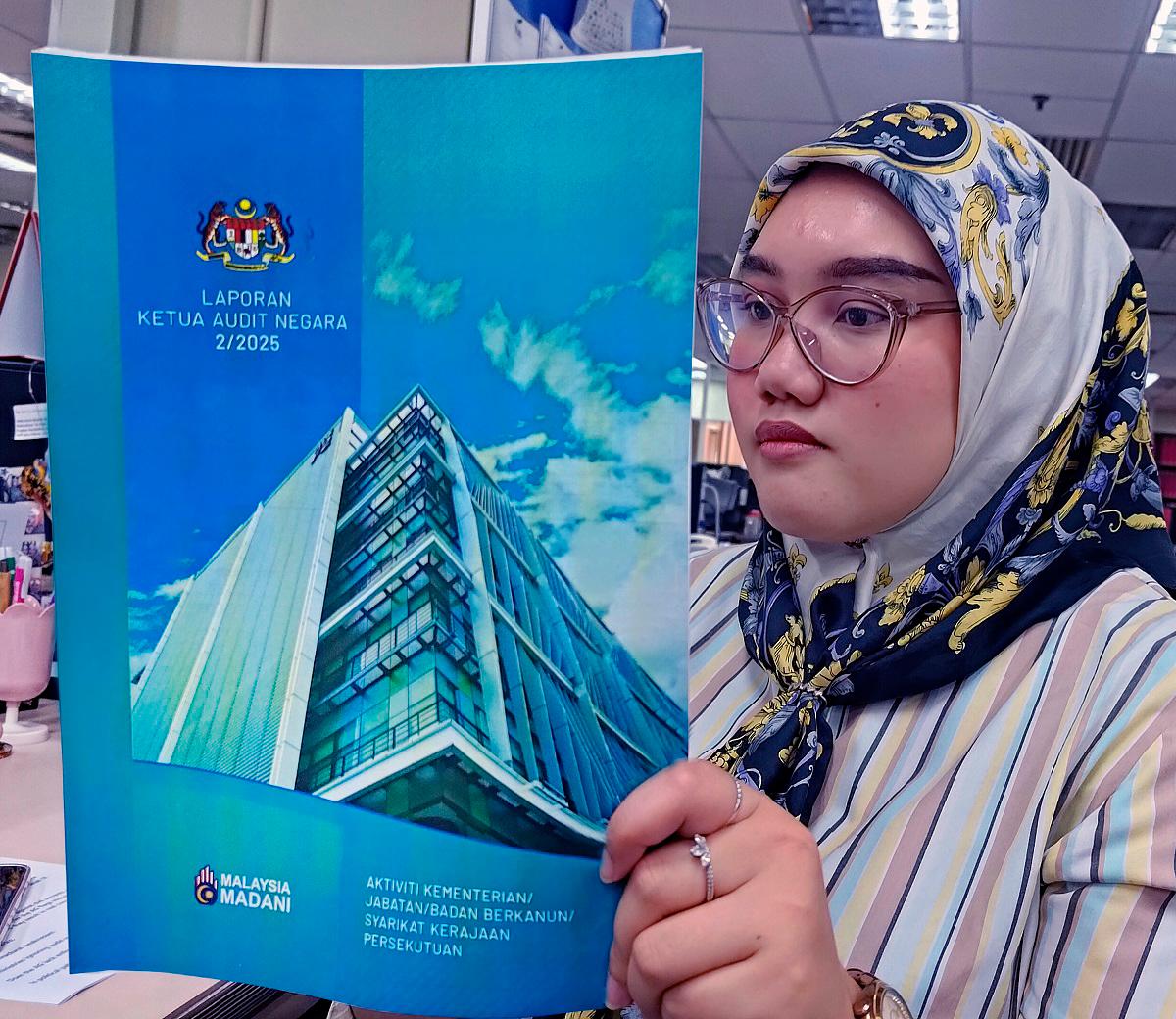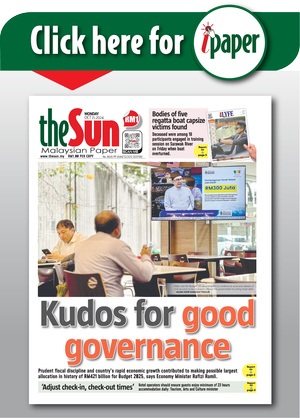PETALING JAYA: Despite the Auditor-General’s annual reports repeatedly flagging irregularities and weaknesses in government departments, lessons are rarely learnt and accountability remains weak, said former auditor-general Tan Sri Ambrin Buang (pic).
“I’ve always believed the report offers valuable insights. But who’s actually willing to read and act on them?” he asked.
The onus, he said, is on controlling officers such as the secretaries-general and department heads, to take audit findings seriously and initiate reform.
“The auditor-general can highlight the problems, but it’s up to ministries and agencies to follow through. Without ownership, the same issues will keep resurfacing.”
His comments come in the wake of the latest report, which has once again brought to light a familiar list of financial mismanagement, weak internal controls and procedural breaches.
The Auditor-General’s Report (Series 2) released on Monday, flagged serious irregularities and weaknesses in projects and programmes involving seven ministries. Five audits involving seven ministries, with an overall cost of RM48.873 billion, were reported.
Alliance for a Safe Community chairman Tan Sri Lee Lam Thye said the government must treat the findings with urgency or risk normalising weak accountability.
He said repeated red flags reflect not just administrative lapses but also a deeper culture of negligence.
“Delays in project completion, overpayments, failure to follow procedure and procurement without documentation – these aren’t minor slip-ups. They signal systemic failures and a lack of integrity among those entrusted with public funds.”
Lee said the latest report once again exposed a familiar cycle of financial mismanagement, procurement irregularities and regulatory breaches, often with little consequence.
“We urge the government to act swiftly. If no disciplinary or legal action is taken against those responsible, the cycle will continue. Without consequences, there’s no deterrence.”
He called for the beefing up of internal audit units, making them independent and capable of real-time monitoring, not just post-event reviews.
“There also needs to be greater transparency in procurement. An online dashboard should be created so the public can track how government funds are being spent.”
Lee pushed for periodic integrity audits, particularly for high-risk departments, to detect early signs of misconduct and not just financial irregularities. He also called for parliamentary oversight to be tightened.
“The Public Accounts Committee must have the authority to summon not just department heads, but ministers too. Accountability should not stop at middle management. The public deserves better. Malaysians are paying taxes, yet the people entrusted with those funds behave with carelessness or, worse, dishonesty.”
Meanwhile, political analyst Prof Dr Azmi Hassan said the AG report is a vital tool for transparency but not every issue flagged should be treated as a scandal.
The Nusantara Academy for Strategic Research fellow noted that many findings in the report stem from operational shortcomings rather than outright mismanagement.
“Some reflect inefficiencies that can be addressed internally without external scrutiny,” he said.
Azmi cautioned that while the report helps expose serious breaches, it can also paint an overly grim picture by highlighting issues that are routine administrative challenges.
“For example, when it comes to university research grants, it’s hard to directly link funding to immediate commercial returns. It’s not something you can measure in simple terms.”
He added that ministries and agencies should proactively fix such issues before they appear in audit reports.
“Agencies should not wait for problems to be exposed. They should correct them as part of good governance. When there’s clear misuse of funds, that’s when enforcement bodies like the MACC must step in.”
Azmi also stressed the importance of distinguishing between poor management and operational lag.
“The AG Report should not be seen in black and white – it is more nuanced than that.”










